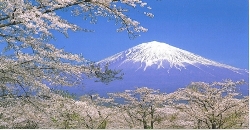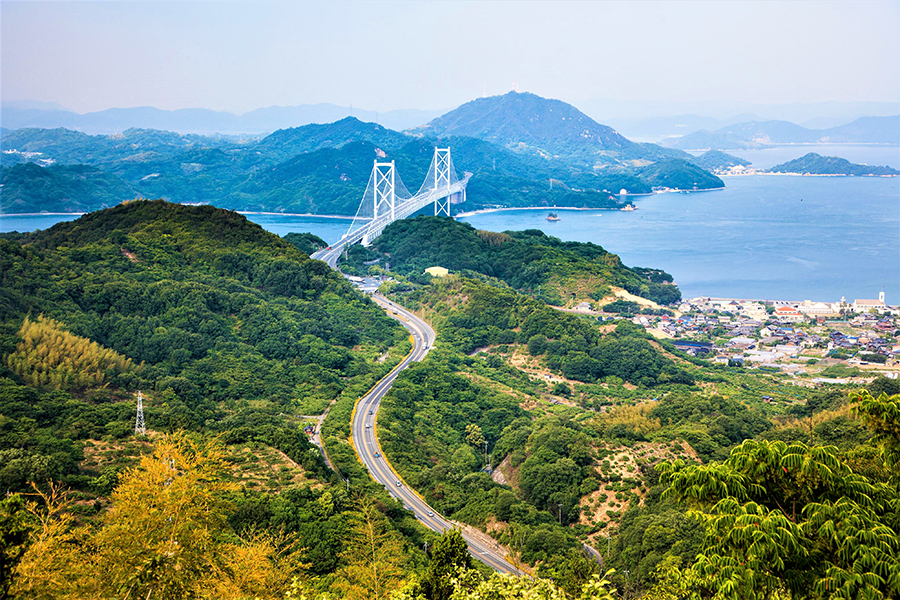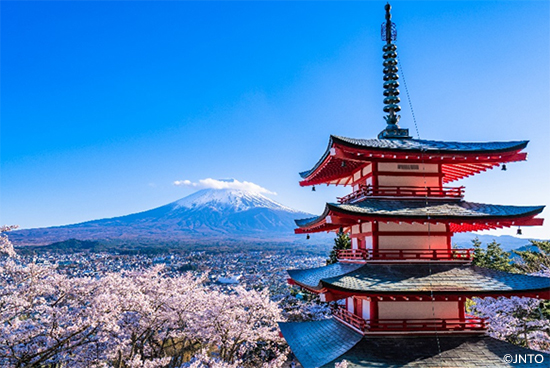I suppose Europe comes to mind when most Westerners think of kingdoms and imperial families, but Asia has its own share of emperors and dynasties. The world's longest-reigning imperial family is Japan's, with the present emperor, Akihito, the 125th emperor. Although that in itself is impressive, the mythology associated with the creation of Japan and the origin of the imperial line is also compelling, with most stories taking place in Miyazaki Prefecture on the island of Kyushu.

All Japanese schoolchildren know that according to legend, Japan was created when the god Izanaki and the goddess Izanami created eight islands and 35 other gods, including Amaterasu, the Sun Goddess. Amaterasu sent one of her descendants, Ninigi, to rule over Japan, accompanied by many servants and three divine gifts: a mirror, a sword and jewels. These sacred treasures served traditionally as proof that the imperial family could trace their lineage to the Sun Goddess and remain the most revered objects in the Shinto religion. Although the Imperial Regalia of Japan have never been shown in public and no known drawings or photographs exist, it is commonly believed that the mirror is enshrined at the Grand Shrine of Ise, the sword at Atsuta Shrine in Nagoya, and the jewels at the Imperial Palace.
In any case, Ninigi and his wife, the Flower Princess, had three children, and this is when the story, in my opinion, gets interesting. Two of their sons were Umisachi, who grew up to be a fisherman, and Yamasachi, who became a hunter. One day Yamasachi convinced his brother to trade jobs, but not being a skilled fisherman, Yamasachi lost his brother's precious hook at sea. He dove into the water in search of the hook, but it was nowhere to be found. The brother, naturally, was very angry, so Yamasachi asked the god who controlled the tides what he should do and was advised to visit the underwater palace of the sea god, said to be near the tiny island of Aoshima. Of course, as in all good tales, the sea god had a beautiful daughter, Toyotama, and the sea palace was so magical, Yamasachi stayed for three years. Still, he never gave up searching for his brother's hook, and when at last he found it, he returned to shore to deliver it to his brother.
Meanwhile, Toyotama discovered she was pregnant and about to give birth, so she followed Yamasachi to land, where her husband built her a hut in a cave by the sea. As delivery drew near, the mother-to-be made her husband promise he would not look at her during labor. Naturally, the temptation to peek was too great, but because people of the sea revert to their natural shape during childbirth, Yamasachi was horrified to see that his beautiful wife had turned into a dragon. Ashamed, Toyotama fled back to sea, leaving her newborn son behind. Luckily, the baby thrived by drinking milk that dripped from breast-like formations on the cave's ceiling, and he grew up to marry Toyotoma's sister. Their youngest son became Jimmu Tenno, who is said to have become the first emperor in 660 B.C. (the date is mythical).

Aoshima Island
Today, Miyazaki continues to draw tourists to sites associated with Jimmu Tenno's parents and grandparents. Aoshima, less than a mile in circumference and connected to the mainland by a walkway, is home to Aoshima Shrine, dedicated to the first emperor's grandparents. Because it's considered fortuitous in matchmaking, it's a popular destination for young people hoping for a good marriage.

At the entrance to Udo Shrine
Udo Shrine, 15 miles south to the south, boasts one of Japan's most dramatic shrine settings. Built inside a cave on a cliff beside the sea, it's revered as the birthplace of Jimmu Tenno's father. This association has made Udo Shrine popular throughout the ages with newlyweds, who come seeking blessings for a good marriage and successful childbirth. The shrine even sells milk candy, symbolic of the lucky “milk” that is said to drip from the cave's ceiling and considered beneficial to pregnancy, childbirth and nursing mothers. The shrine also sells pebble-like bits of pottery, which you can try to toss inside a rope circle atop a turtle-shaped rock. If you're successful in landing a pebble inside the ring, you're supposedly granted a wish.

Udo Shrine, Inside the cave
Many ancient shrines and temples in Japan abound in legends and lore. That's what makes a visit to them special. If you don't know their stories, I'd say you're missing most of the picture, not to mention a lot of the fun.



















































